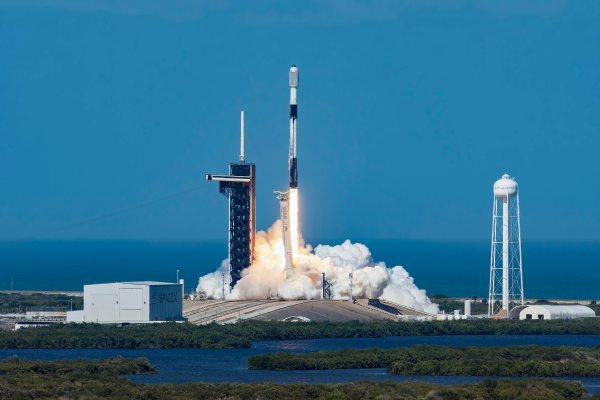SpaceX is expanding its rideshare program with a new series of missions aimed at meeting the demand for launches to mid-inclination orbits. The new program, which was quietly announced at a space industry conference earlier this month, is the latest sign that SpaceX intends to take no prisoners in the small launch market.
Orbital inclination refers to what part of the Earth is visible to a satellite as it rotates around the planet. A satellite in an equatorial orbit is at 0 degrees inclination; a satellite in a sun-synchronous orbit (SSO) is slightly higher than 90 degrees; and a mid-inclination orbit is around 45 degrees. Currently, SpaceX offers rideshare services on the Falcon 9 rocket to SSO through the Transporter program, which is in notoriously high demand.
But mid-inclination orbits (MIOs) are appealing to a growing number of customers, especially to remote sensing companies that want to strengthen their coverage over areas like parts of Asia and the Middle East. Right now, companies must often purchase a dedicated launch from Rocket Lab if they want to position a satellite in MIO.
With the new rideshare program, called Bandwagon, SpaceX is going after this slice of the market. According to SpaceX’s website, it currently has two Bandwagon missions booked for 2024 and two for 2025.
If they become even close to the popularity of the Rideshare program, they could be a major threat to all other small launch providers: According to Jarrod McLachlan, director of rideshare sales at SpaceX, who spoke at the industry conference, SpaceX has delivered 682 spacecraft to orbit to date via rideshare missions.
